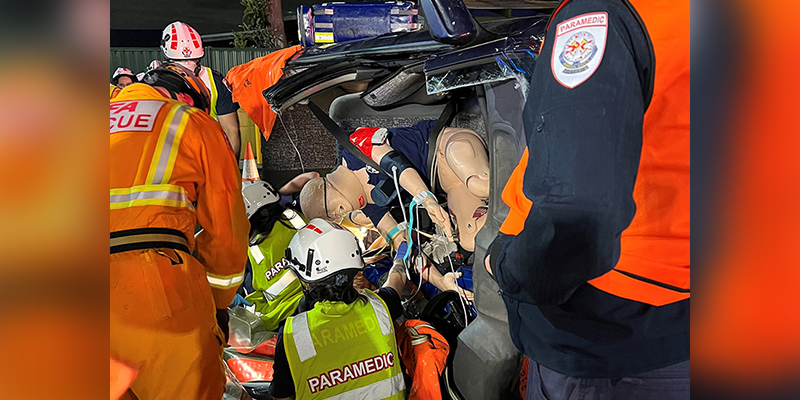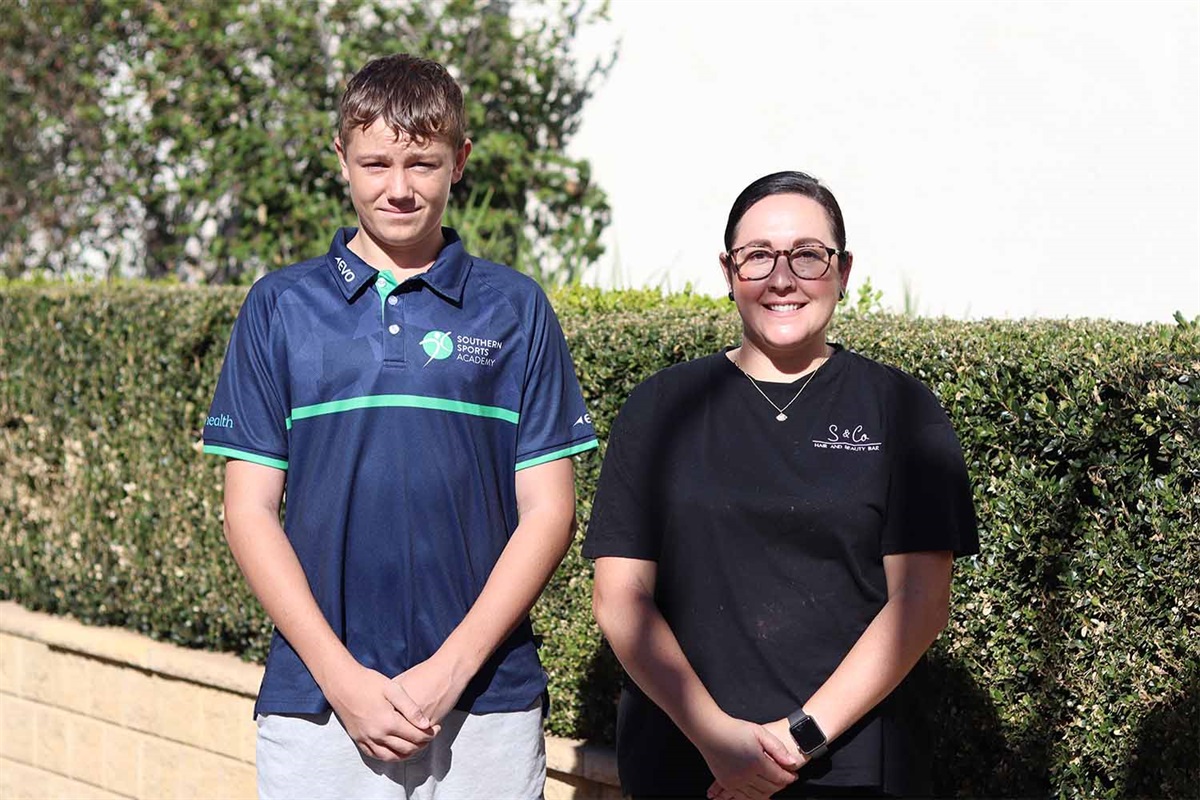Precision Airdrop
Video transcript
This RAAF mission to Casey station is testing new ways to resupply from the air.
Matt Filipowski, Australian Antarctic Division “The addition of low-cost chutes and precision-guided chutes is a first as we understand it, so we’re certainly for Antarctica leading the game in that space.”
WGCDR Dion Wright, RAAF Australian Southern Contingent “It offers an amazing capability, particularly a precision capability, that hasn’t been available to the Australian Antarctic Program before.”
Low-cost parachutes are cheaper and easier to recover than standard ones.
Dion Wright “They’re designed to be disposable but they can be reused again once they’re brought back.”
From 300 feet, the low-cost parachutes land the cargo accurately and intact.
From much higher altitudes, the precision system uses GPS to guide the parachute to a designated target.
Matt Filipowski “The parachute is a traditional type of parachute but it’s actually controlled by a machine that guides and pulls on the risers, as they’re called, to actually steer the parachute. It does the job of what a human usually does underneath a guided parachute.”
You can hear the guidance motors steering the parachute.
From an altitude of 10,000 feet, it lands within 30 metres of the target.
Matt Filipowski “That gives us a number of advantages – we can be further away from wildlife or completely removed, so reducing noise.”
This will be used for resupplying inland convoys or remote camps.
Dion Wright “It will enhance the ability for the ADF to contribute to Australia’s Antarctic Program, it’ll enable us to throw things out of the back of the aircraft with these systems, at the right time and the right way in a safe and efficient manner.”








